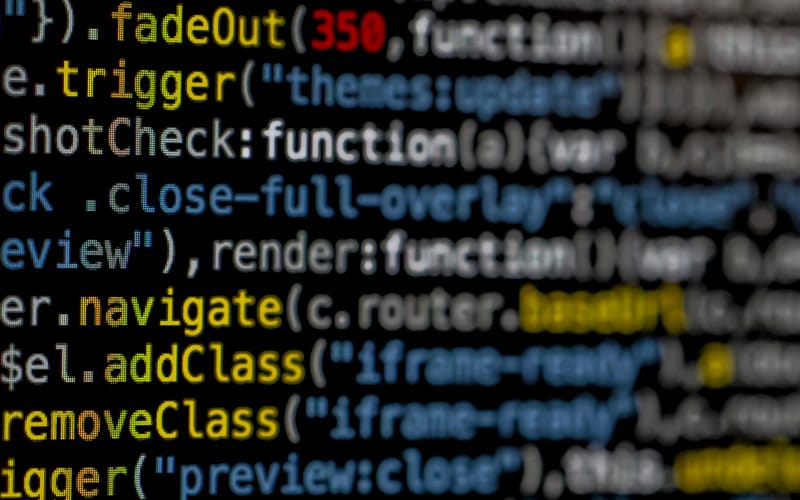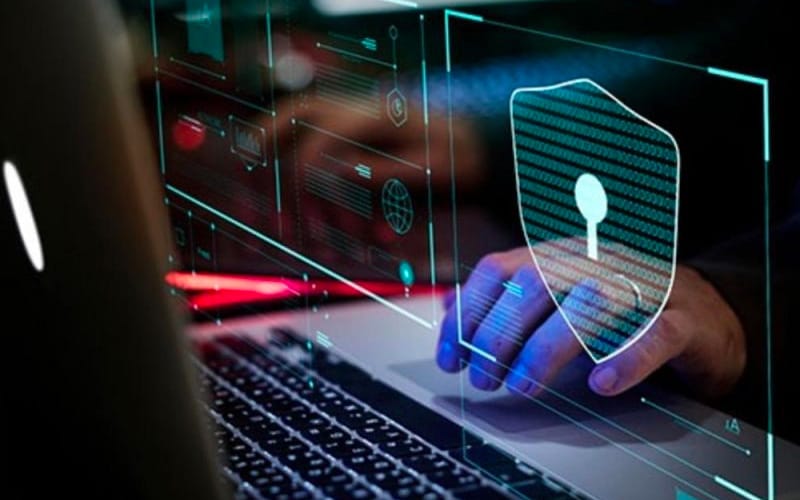Comment letter
Nov 14, 2023
Public Comment on Tokenization: Overview and Financial Stability Implications

To whom it may concern:
Owl Explains appreciates the opportunity to comment on the Staff working paper under the Finance and Economics Discussion Series entitled 'Tokenization: Overview and Financial Stability Implications' ISSN 1967-2854; ISSN 2767-3898 (the Tokenization Paper'). Owl Explains is a project led by the legal team at Ava Labs, Inc. that aims to support workable regulation of blockchain and cryptoassets (also called 'tokens') through a set of guiding principles known as the Tree of Web3 Wisdom — and a system for determining the legal and regulatory treatment of cryptoassets according to their true nature (functions and features) known as the sensible token classification system. More information about the initiative appears at the end of this letter.
The Tokenization Paper is an important step towards a fuller understanding of the possibilities associated with blockchains and tokenization of assets. Most importantly from our perspective, the Tokenization Paper clearly recognizes that tokenized assets can be categorized in various ways: off-chain vs. on-chain, tangible vs. intangible, etc. Off-chain reference assets can be physical (e.g. real estate and commodities) or intangible (e.g. intellectual property rights and traditional financial securities like stocks and bonds) and exist outside of the crypto-asset ecosystem. Tokenizations with physical/off-chain reference assets generally involve an off-chain agent, such as a bank, to assess the value of the reference asset and provide custodial services. Tokenizations that reference other on-chain crypto-assets can incorporate smart contracts to provide custody and valuation assessments. (footnotes omitted)
This concept of tokenization is a core benefit of blockchain technology that has gone largely unrecognized until very recently. The Tokenization Paper focuses on one aspect of tokenization by defining it somewhat narrowly to include only 'process of linking reference assets to crypto tokens via design features that link the token’s price to the value of the token’s reference asset.'
We encourage the authors, and indeed everyone, to think of tokenization more expansively, in accordance with its true potential. We make the following points to describe tokenization:
Cryptoassets (tokens) are not all the same. They are not a homogenous asset class.
This is true because tokens are digital representations of assets, items, and things and therefore can represent anything.
Accordingly, tokens cannot be treated all the same under law and regulation, and many types of tokens are not financial instruments.
Many tokens represent assets, items, or things that are already regulated so do not require new regulation.
Many other tokens represent items that are not regulated in the non-blockchain world because they do not require it and so should not be regulated simply because they are tokenized on a blockchain.
In just the last year, we have made these points in response to reports or guidance from the Internal Revenue Service (here and here), the Financial Accounting Standards Board (here and here), the Government Accounting Office (here), the International Organization of Securities Commissions (here), and joint work by International Monetary Fund and Financial Stability Board (here). Commissioner Mersinger of the Commodity Futures Trading Commission ('CFTC') is a fan of sensible token classification, which makes sense because the CFTC was one of the earliest regulators to recognize it in LabCFTC’s Digital Asset Primer.
We also made these points in response to a recent report from the National Institute of Standards and Technology, which, although it focused on nonfungible tokens, made the following statement that applies to fungible tokens as well: '[NFT] technology provides a mechanism to enable real assets (both virtual and physical) to be sold and exchanged on a blockchain. It does this by creating a unique blockchain token to represent each asset.' This core insight, we believe, is too often overlooked by policymakers and regulators around the globe. We call this insight 'sensible token classification,' which we discuss in more detail below. We applaud NIST for being at the forefront of understanding the technology.
Here is more of how we articulate these points: Blockchain is a new technology, but in essence it is simply a new kind of database or filing cabinet. When it comes to law and regulation, treating all cryptoassets the same simply because they are tokenized representations recorded on a blockchain makes as little sense as treating a sketch, an ID card, a receipt or a share certificate all the same because they are printed on paper and filed in the same filing cabinet.
Instead, policymakers and regulators should treat each token according to what it actually represents - just as they do with things written on paper. By looking at a cryptoasset’s functions and features, we can determine its utilization, valuation, and classification (including for legal/regulatory purposes).
Using the paper analogy, consider a paper deed of title to a home. It is the evidence of ownership of the asset, so it represents the bundle of rights that is ownership of the home. The Tokenization Paper would easily accommodate the idea of replacing the paper title with a token under its 'off-chain' asset analysis.
Now consider the paper tickets to the Taylor Swift concert, which give the right to attend the concert and sit in the assigned seats. That is the bundle of rights received from owning the paper tickets. The Tokenization Paper should acknowledge that replacing the paper tickets with a token would be an easy substitute and obviate the need for a “reference asset” because the token embodies the bundle of rights.
A final example specific to financial instruments: shares of stock used to be represented with paper certificates. Holding a paper share certificate denominating ownership of 100 shares of Corporation X is possession of the bundle of rights associated with that stock. Again, the Tokenization Paper should recognize that replacing the paper stock certificate with a token would be an easy substitute and one without need of a reference asset.
Bitcoin, ether, avax and other similar native DLT tokens (see below) also represent bundles of rights; in this case rights to use and otherwise participate in a blockchain network. Sure you could do it with paper, but blockchain obviates the need through tokenization of the bundle of rights and making it usable directly on the blockchain.
The good news is that the majority of tokens represent things that already existed before blockchain (land, concert tickets, stock, etc.) and can be treated as legal or illegal, regulated or unregulated just as they always have been. Policymakers should simply scrutinize what the token actually represents - its features, functions and risk profile - and apply existing laws and regulations - or not - accordingly. This way regulation stays consistent across different technologies - same asset, equals same risk, which results in the same legal and regulatory treatment. We believe the Tokenization Paper agrees with this point.
The Owl Explains sensible token classification system breaks tokens down into the following five high level categories that represent the vast majority of use cases today and into the future:
Physical asset tokens:
Any digital representation of a tangible (real-world) asset created and maintained on a blockchain (also known as 'DLT' for distributed ledger technology). This category is very broad and could be divided into smaller categories based on the particular type of tangible asset (e.g., gold coin physical asset tokens, Air Jordan physical asset tokens, cup of coffee physical asset tokens versus coffee cup physical tokens, etc.).
Services tokens (includes music, digital art);
Any digital representation of services to be provided by one or more persons/entities to other person(s)/entities. This category also includes music and purely digital art files (the intellectual property underlying the music or digital art file may be an intangible asset token, discussed next, if not transferred with the file). This category is also quite broad because it includes any type of services and digital art/music such that it is susceptible to sub-categorization (e.g., cleaning services tokens, personal performance tokens versus concert ticket tokens, legal services tokens, etc.).
Intangible asset tokens:
Any traditional intangible (non-physical) asset. Another broad category susceptible to sub-categories based on the asset class (bond tokens [security tokens], intellectual property rights tokens, government program tokens, loyalty points program tokens, etc.).
Native DLT tokens:
A narrow category of truly DLT-native tokens (e.g., Bitcoin, Ether, AVAX, etc.). Might be a subset of intangible asset tokens in the sense that these tokens are just a bundle of rights with no physical item involved, although some may have an element of services (e.g., when the token is used for resource allocation on the network). The classification system treats native DLT tokens as not a subset of intangible asset tokens because the latter must be something that exists (or can exist) distinct from the blockchain that creates and maintains it. Native DLT tokens have no existence or purpose without the associated blockchain. This paper by Professor Carla Reyes is instructive.
Stablecoins:
A narrow category of tokens that do not fall within any other category and are designed to maintain stable value against some underlying, reference or linked asset or pool/basket of assets. Usually applied to fiat currencies. This category should not be broadened to swallow all the other categories.
We understand that the bundle of rights will differ depending on how the tokenization is implemented, such that, contrary to the tickets, stock and native DLT token example above, in some instances there is a reference asset. Indeed, it might be the case that no ownership over the reference asset is given in the bundle of rights. One way to conceptualize this point is that a person might say that they “bought a token” thinking that they bought an asset. That may or may not be true, depending on the token because the token may or may not convey to the purchaser any legal rights over the assets, even though it has given the buyer some bundle of rights. Accordingly, it is always important to understand the bundle of rights that has been tokenized.
About Owl Explains
Owl Explains is a project created by the Legal team at Ava Labs with the goal of becoming a trusted educational resource for policymakers, regulators, and other parties interested in learning about blockchain technology, cryptoassets, and Web3. Owl Explains develops content delivered by leading industry experts, including podcasts, explainers, articles, and quizzes, focusing on understanding the technology and the full breadth of its use cases, distinguishing where those use cases fit within existing regulatory frameworks, as well as defining principles for regulation based on the nature of the asset and activity. Innovation is the soil from which we can create a better Internet. Blockchain is its root system: decentralized, transparent, secure, and traceable. We believe that workable regulation in conjunction with innovation and invention is the best way to guide the transformative power of Web3 to empower individuals and businesses, drive economic inclusion, and benefit the planet. As such, the Owl has developed the Tree of Web3 Wisdom, a set of principles to help guide blockchain and crypto regulation worldwide.
Conclusion
We urge all policymakers and regulators to read the Tokenization Paper and adopt the principles of the sensible token classification system as part of their work on crypto and digital assets. Treating all tokens the same, particularly as more and more traditional assets are tokenized, is not workable because it is neither technology neutral nor efficient. We would be happy to discuss further.
Lee A. Schneider
General Counsel
Ava Labs, Inc.


